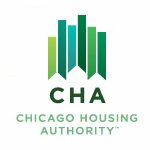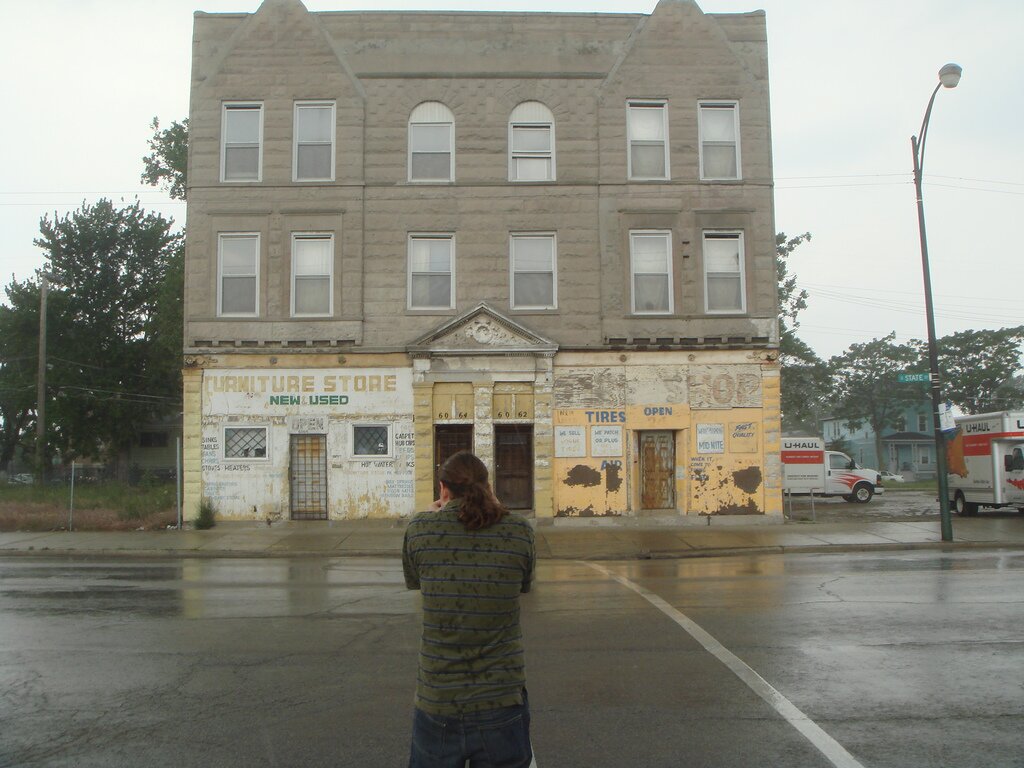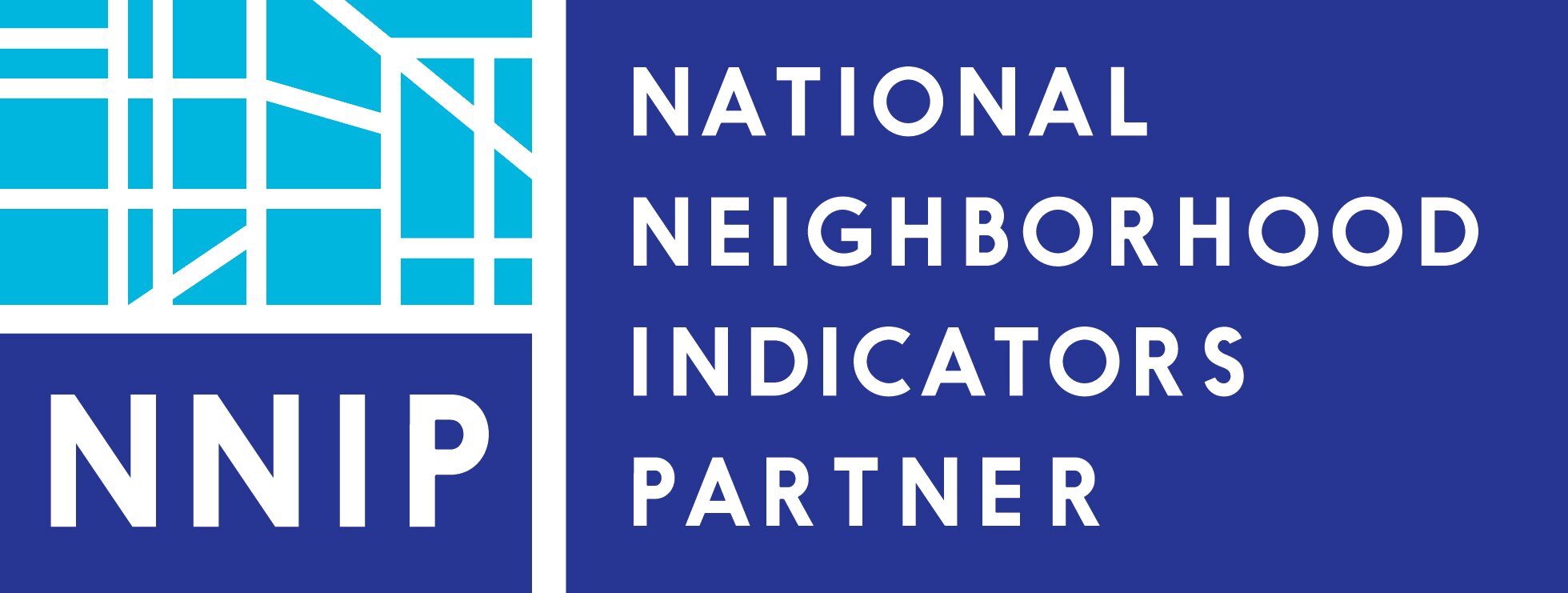At the Chicago OpenGov Hack Night on March 18th, urban policy blogger Daniel Hertz talked about the downsides of low-density zoning in Chicago, and how he uses open zoning data to understand the built environment.
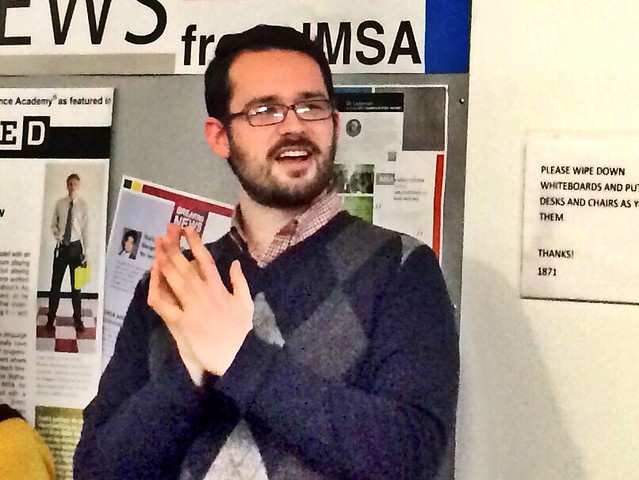
Zoning is the method that the city uses to determine what can be built into one space. The SecondCityZoning website will show you how things are currently zoned and can explain some of the definitions. As Daniel Hertz explains in his talk, zoning has a negative impact on many areas of Chicago civic life.
Hertz started off his talk at OpenGov Hack Night by explaining what zoning is and we need it:
Before zoning, there were apartments in the city that were very small, windowless and without fire escape. After a Supreme Court Case in the 1920’s, cities gained the ability to tell builders what they can and can’t build and where. This is where Chicago gets it’s unique ‘every fourth street is a commercial street’ layout.
The other aspect of the Supreme Court Decision was that cities could zone to determine community character. In many cases, cities sought to encourage neighborhoods with lots of single family housings. Hertz explains below.
Hertz explains that if you threw a dart and landed in any neighborhood, chances are that it would be a neighborhood full of single family homes. Chicago isn’t an exception either. In the below picture, all the red areas show neighborhoods where only single family housing can be built.
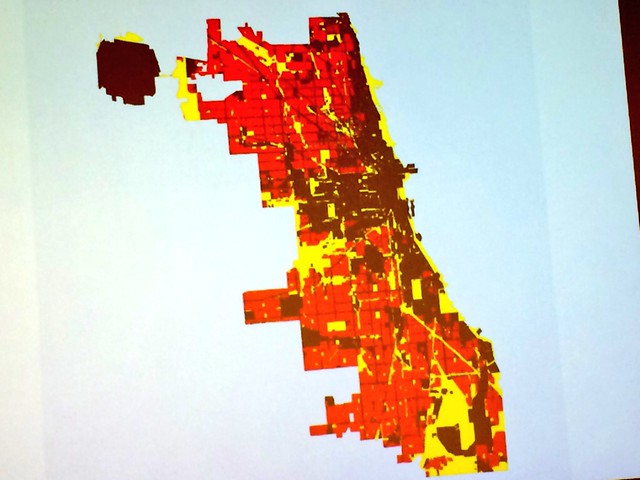
As a result of this, there is a lack of new housing in the city outside of downtown. Even in the high demand area of Lincoln Park, there was no new additional housing created. Housing developers have taken down three flats and converted those units into single-family housing. This has resulted in a bigger loss in housing than in Englewood. Hertz goes deeper into this on his blog and talks about this phenomena below.
According to Hertz, the problem with the way zoning occurs now is that it encourages neighborhoods to freeze in place instead of becoming more dense. (From single-family homes to condos and high rises.) Because demand is still high for housing, it drives up the prices of homes. When this happens, people who can’t afford the new housing prices end up leaving.
The alternative to this is to allow the supply of housing to grow with demand. To do this, cities would need to allow construction for multiple unit housings – such as Chicago’s classic courtyard style building and the three-flat type building.
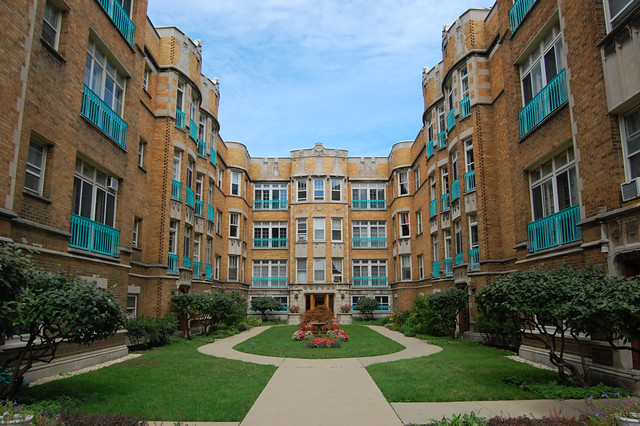
Photo courtesy of Eric Rodgers / Flickr
Hertz explains this further in the video below. He also takes the time out to answer questions from the audiance.
Further Reading:
- CityNotes, Hertz’s blog about zoning
- What a Logan Square McDonalds can tell us about New Urbanism, Whet Moser
- Pedestrian Street designation in Logan Square, Steve Vance
- Zoning Committee Passes Watered Down TOD Ordinance, Streets Blog Chicago

